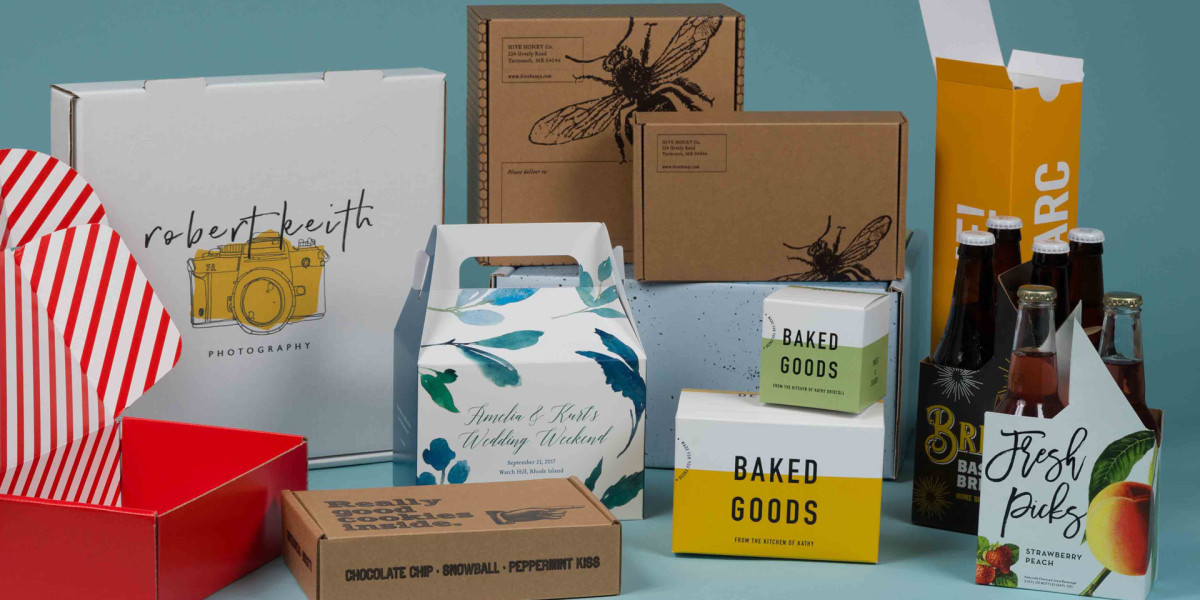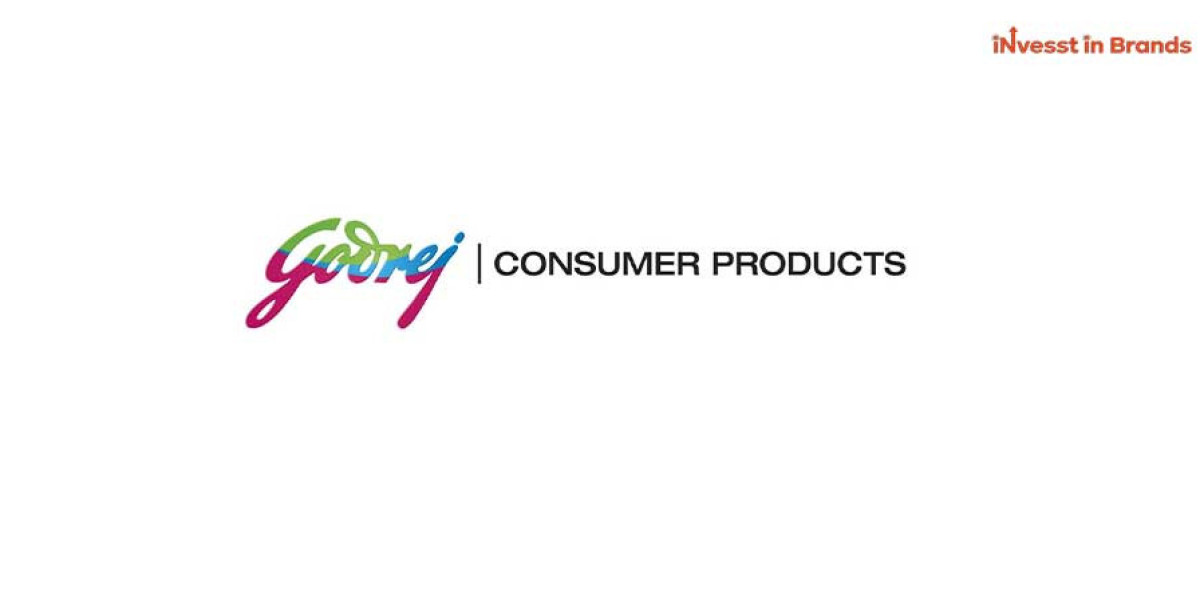As consumers grow increasingly aware of their environmental impact, businesses are adapting to meet these expectations by embracing sustainable practices. Packaging plays a significant role in this shift, with companies finding new ways to minimize waste and use eco-friendly materials. From pizza boxes to cake boxes, sustainable packaging solutions are becoming essential to modern branding. This blog explores the future of eco-friendly branding and how sustainable packaging can help businesses stay ahead in an environmentally conscious world.
The Rise of Sustainable Packaging
Sustainable packaging refers to materials and design strategies that minimize environmental harm. As packaging waste contributes significantly to pollution, there has been a growing demand for alternatives that reduce waste, promote recycling, and use renewable materials. More companies are shifting from traditional plastic packaging to biodegradable, recyclable, or reusable options.
The rise in sustainable packaging is driven not only by environmental concerns but also by consumer preference. Studies show that customers are more likely to support brands that prioritize eco-friendly practices. Sustainable packaging has become a key aspect of branding, allowing businesses to showcase their commitment to protecting the environment.
Eco-Friendly Pizza Boxes: Leading the Way in Food Packaging
Pizza boxes are one of the most common packaging items used in the food industry. Traditionally made from cardboard, these boxes have long been considered a relatively eco-friendly option due to their recyclability. However, many pizza boxes are lined with plastic or wax coatings, making them difficult to recycle. Additionally, grease from the pizza often contaminates the box, further complicating the recycling process.
Innovations in sustainable pizza box designs are addressing these challenges. New pizza boxes made from uncoated, grease-resistant materials are emerging, offering an entirely recyclable option. Some brands are even experimenting with compostable pizza boxes made from plant-based fibers, which break down naturally without leaving harmful waste behind.
Moreover, pizza brands are exploring reusable pizza boxes. These boxes are designed to be returned and cleaned for multiple uses, reducing the need for disposable packaging. By embracing reusable and compostable materials, companies can meet customer expectations for sustainability without compromising on quality or functionality.
Cake Boxes: Eco-Friendly Alternatives for Sweet Packaging
Cake boxes, like pizza boxes, have seen significant developments in sustainability. Traditionally, cake boxes are made from a mix of cardboard and plastic elements. While cardboard is often recyclable, plastic components such as windows or lining can hinder the recycling process. Many cake boxes are also decorated with harmful inks or coatings that contribute to environmental waste.
To combat these issues, eco-friendly cake boxes are being developed using recyclable and biodegradable materials. For instance, companies are now offering cake boxes made entirely from unbleached, recycled paper. These boxes are sturdy, biodegradable, and can be composted along with food waste. Additionally, some eco-friendly cake boxes come with natural, plant-based inks and coatings that don’t leave harmful residues behind.
Another exciting innovation is the introduction of reusable cake boxes. Similar to reusable pizza boxes, these cake boxes are designed for multiple uses, making them perfect for bakeries looking to reduce their environmental footprint. By opting for reusable or fully recyclable cake boxes, businesses can offer their customers sustainable packaging that aligns with eco-friendly values.
The Role of Sustainable Packaging in Branding
As more businesses transition to sustainable practices, packaging has become an important component of eco-friendly branding. Sustainable packaging offers a way for companies to show their commitment to environmental responsibility, which resonates with today’s environmentally conscious consumers. The packaging serves as a visual reminder of a brand's values, reinforcing its identity as one that prioritizes sustainability.
Brands that use sustainable packaging can differentiate themselves in a crowded market. Whether it's through compostable pizza boxes or recyclable cake boxes, the choice of eco-friendly materials can enhance a brand’s image. Consumers are increasingly choosing brands that align with their personal values, and sustainable packaging can be a powerful tool in building brand loyalty.
Benefits of Sustainable Packaging for Businesses
Embracing sustainable packaging offers numerous benefits for businesses. One of the most significant advantages is improved brand perception. Customers are more likely to view a company favorably when they see a commitment to reducing environmental harm. This can translate into higher sales and a more loyal customer base.
Sustainable packaging also opens the door to innovative marketing opportunities. Businesses can highlight their eco-friendly efforts through packaging design, using labels or messages that emphasize the materials used and their environmental benefits. For example, a pizza box with a "100% compostable" label immediately signals to consumers that the brand is taking steps to reduce waste.
Cost savings is another potential benefit. While some sustainable materials may have a higher upfront cost, the long-term savings from reduced waste, improved efficiency, and increased customer loyalty can offset these expenses. Additionally, as sustainable packaging technologies continue to evolve, prices for eco-friendly materials are becoming more competitive with traditional packaging options.
The Future of Sustainable Packaging
The future of packaging lies in innovation and eco-friendliness. As governments around the world impose stricter regulations on single-use plastics and non-recyclable materials, businesses will need to adapt to these changes. The trend toward sustainability is not a passing phase, but rather a long-term shift that will define the future of packaging design.
Biodegradable and compostable materials will continue to gain traction, offering an alternative to plastic. Additionally, more companies will explore reusable packaging models, especially in industries like food delivery, where disposable containers are used frequently. Advances in material science may also lead to the development of new, sustainable materials that are even more efficient and environmentally friendly than current options.
Brands that invest in sustainable packaging now will be better positioned to meet future challenges. With consumer demand for eco-friendly solutions on the rise, businesses that prioritize sustainability will not only reduce their environmental impact but also stand out in an increasingly competitive market.
Conclusion: Embracing the Future of Eco-Friendly Branding
Sustainable packaging is no longer a luxury—it's a necessity. As consumers, governments, and businesses alike recognize the importance of reducing waste and embracing eco-friendly practices, sustainable packaging solutions are at the forefront of this movement. From pizza boxes to cake boxes, the future of packaging lies in materials that are recyclable, compostable, and reusable.
For brands, sustainable packaging offers a unique opportunity to showcase their values and differentiate themselves from competitors. By adopting eco-friendly packaging, businesses can align with the growing demand for sustainability while enhancing their branding efforts. As the future of packaging evolves, those who prioritize sustainability will lead the way in shaping a more responsible and environmentally conscious marketplace.



